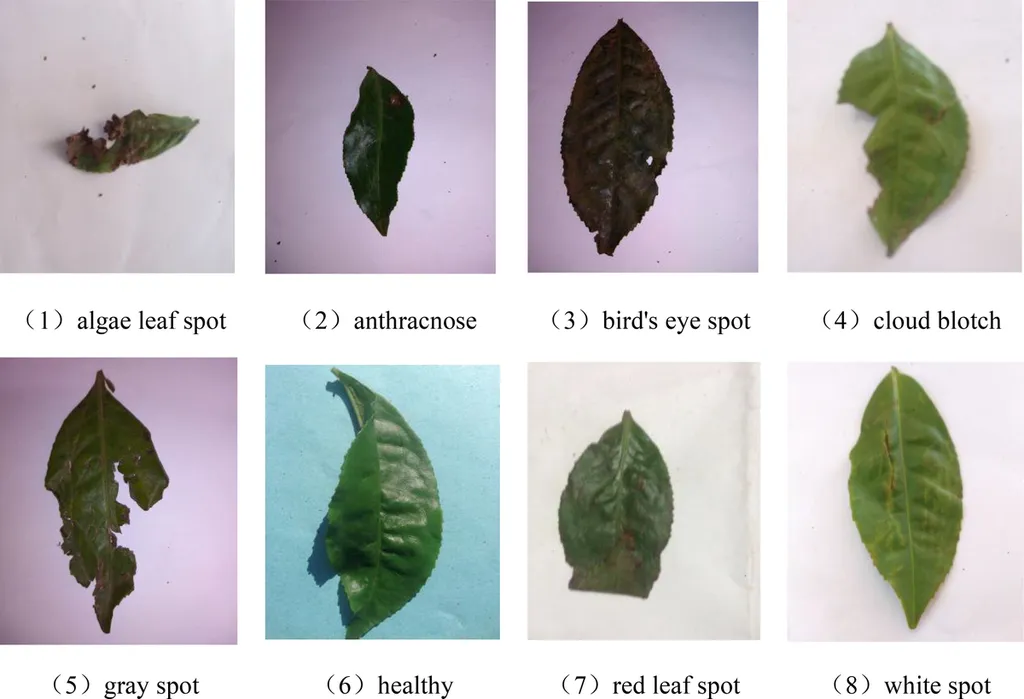In the heart of China, a team of researchers from the School of Automation and Electrical Engineering at the University of Jinan, led by Dr. Liu Jie, has developed a groundbreaking method for early detection of moldy core disease in apples. This innovative approach, published in the journal *智慧农业* (translated as *Smart Agriculture*), leverages acoustic vibration technology and advanced machine learning techniques to revolutionize the way we assess apple quality.
Moldy core disease is a common and highly infectious internal apple disease that, if detected early, can still allow the fruit to retain commercial value. The challenge has always been identifying the disease before it becomes visibly apparent. “Early detection is critical,” explains Dr. Liu. “In the early storage stage, the mold symptoms are confined to the interior of the core. The apple tissue is in a sub-healthy state and still has commercial value.”
The research team employed a non-destructive acoustic vibration detection system to acquire acoustic vibration response signals from apples. They then applied various signal processing techniques, including Symmetrized Dot Pattern (SDP), Gramian Angular Field (GAF), and Stockwell Transform (ST), to convert these time-domain signals into multi-domain visual spectra. This transformation facilitated subsequent feature analysis and recognition.
To extract meaningful features from these visual spectra, the researchers used Uniform Local Binary Pattern (ULBP) and Gray-Level-Gradient Co-occurrence Matrix (GLGCM) methods. They then applied the maximum relevance and minimum redundancy (mRMR) criterion to select the most informative features for early disease detection. Principal Component Analysis (PCA) was employed to reduce the dimensionality of these features.
The team also designed a ResNet50 feature extractor improved with a convolutional attention mechanism module and the Adam optimizer, dubbed Adam-IResNet50, to automatically extract deep features from the visualized images in each domain. “The deep features extracted by the Adam-IResNet50 model from multi-domain images exhibit strong capability in identifying sub-healthy and moldy core apples,” says Dr. Liu.
The preliminary outputs of the two classifiers—multiple support vector machine (MSVM) for shallow features and extreme learning machine (ELM) for deep features—were converted into basic probability assignments for independent evidence bodies. Dempster’s combination rule and the associated decision criterion of Dempster-Shafer (D-S) theory were then applied to yield the final decision on early-stage moldy apples. This decision-level fusion model significantly improved the model’s discriminative ability and classification performance.
The constructed Adam-IResNet50-IPSO-ELM-DS model achieved impressive results, with an F1-Score and Overall Accuracy (OA) of 93.01% and 93.22%, respectively. The classification accuracy for sub-healthy apples was 87.37%, while the misclassification rate for diseased apples was 8.33%. These results indicate that the model maintains a balanced precision and recall while achieving high detection accuracy for three classes of apples from unknown origins.
The implications of this research are profound for the agricultural and commercial sectors. Early screening of sub-healthy apples is crucial for quality control during postharvest storage and distribution. As Dr. Liu notes, “This method provides technical support for future online batch detection of early mold core apples.”
The research team plans to further optimize the model to develop a rapid acoustic vibration-based prediction method for early detection of mold core disease. This advancement could significantly enhance quality control measures in the apple industry, ensuring that only the highest quality fruits reach consumers.
In the broader context, this research highlights the potential of acoustic vibration technology and machine learning in revolutionizing non-destructive detection methods. As the world grapples with the challenges of food security and quality control, such innovations offer promising solutions. The work of Dr. Liu and his team not only advances our understanding of early disease detection in apples but also paves the way for similar applications in other agricultural sectors.

